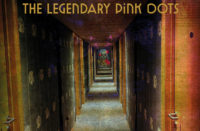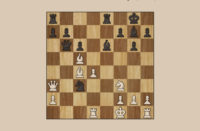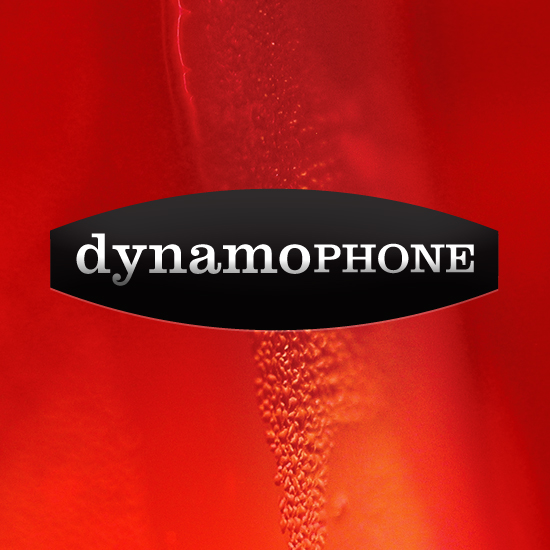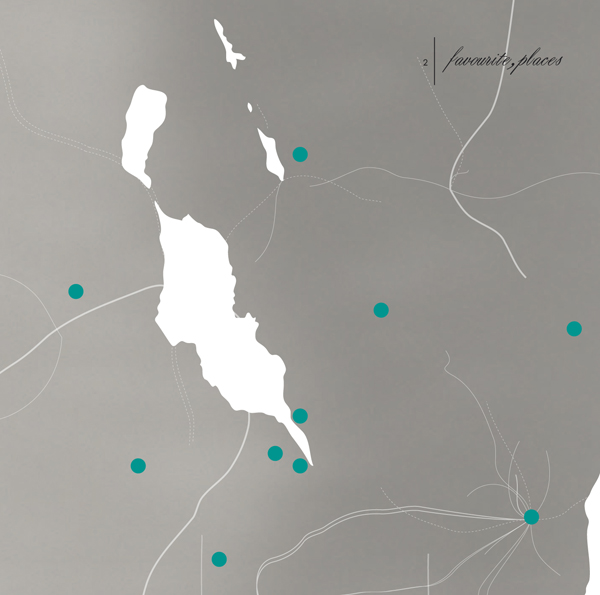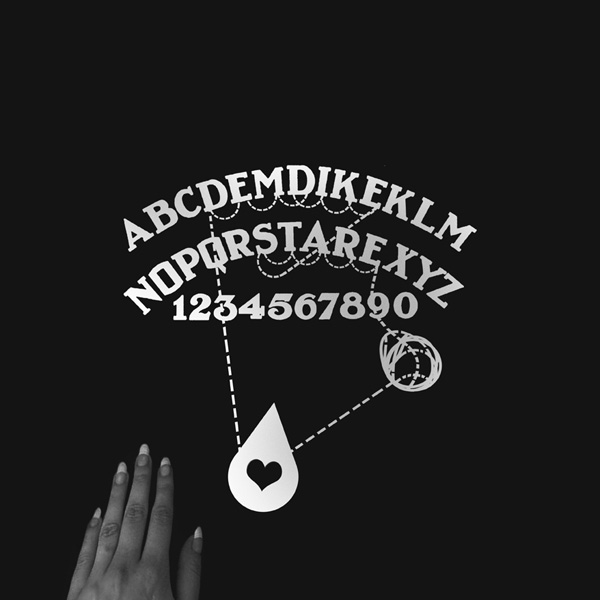Since the release of Seven Saturday’s album in April of this year, San Francisco-based Dynamophone imprint has been quiet. A possible reason for that has just now become clear as they re-emerge with a beautifully designed new website, completely overhauled and fully updated with a more complete and detailed discography, artist roster and a slew of new releases announced for the remainder of 2011 and 2012. (Five questions article)

SEVEN SATURDAYS :: Love in the Time of Anticipated Defeat [Release page]
Jonathan D. Haskell’s Seven Saturdays project is something of an enigma. Take a look at the website or Facebook page, examine the presentation and artwork, then the sound and you’d he hard pressed to believe it is the same artist responsible for each release. From one to the next there is a sense of reinvention, and on Love in the Time of Anticipated Defeat Haskell has opted for a warm, fluid mix of magma-flowing ambience, flares of e-bow and dappled acoustic accents.
The paradox on this album lies in the sound versus the presentation. Haskell talks of feeling trapped in his home town of Los Angeles, that even when away the place still lurks in the subconscious, and its influence is certainly felt across the whole album: California, Los Angeles, Hollywood, Mullholland Drive, Santa Monica Pier all colour one’s perception of the entire record.
From the outset one is struck by a sense of place: balmy heat, sun-drenched beaches, palm-lined streets and the luxuriating sounds of a wealthy city, but the titles of some of these pieces are anything but: “If Looks Could Kill,” “Suicide Leap From The Hollywood Sign,” or “Drowning.” The cover is all water soaked and bleary textures, paranoid schizophrenic type in numerous overlapping faces and alignments and on the inside a blood red visible through a hand-cut rectangular hole on the front of the latest in Dynamophone’s “Folio” series packaging (this latest release also featuring hand cut, curved corners and embossing).
The album begins as the buzzing, molten ambience of “If Looks Could Kill” swims into focus, a haze of pads, delicate guitar and glinting droplets, continued on “Early Morning Fog Bank” together with scything synths that sweep like helicopters buzzing overhead, police radio transmissions and a slow buildup of distorted guitar and almost choral washes. It’s a very pretty beginning to an album steeped in concealed menace, the gloss and sheen merely a veneer covering up something far more sinister. That pretty much sets the template for the whole album. Take the glassy glockenspiel that rings above hushed radio chatter, sawing guitar and portentous, System 7 style glissando guitars on the title track, or the almost aquatic, bubbling chimes that percolate through gauzy electric guitar in “The Day After.”
A veneer of lush and evocative, thermal ambience, and bejeweled keys thinly veils a tension and bristling energy net of boiling, sawing and glissando guitar, e-bow and low-end rumble, making Love in the Time of Anticipated Defeat a cohesive, fluid and rewarding listen that brims with unease and beauty in almost equal measure.
::..:::…..:..::….:::::..:::..:::::::……:::…::.:::….::::..:..:::…::…….:::::

NAO :: Hakoniwa (The Miniature Garden) [Release page]
Having appeared on their release schedule for many, many months now, and available to stream via their Bandcamp (and now newly updated main) website, Nao’s Hakoniwa (The Miniature Garden) is finally ready. It also appears to be quite a special album to the label, available both as a standard Folio series package (which in and of itself is lovingly hand assembled) but also as a limited edition, forty page book package featuring collages of magazine cut-outs, watercolour paintings and pencil sketches created by the artist (think Goldfrapp’s Black Cherry artwork for a reference point).
When you hear the word Dadaist, you know you’re in for a potentially surreal ride, but unlike another recent Dadaist release – Kaboom Karavan’s “Barra Barra” – ‘Hakoniwa (The Miniature Garden)’ stays true to Dynamophone’s signature euphoric aesthetic. Not disturbing or bizarre it is instead a collection of tiny, childlike memories all tumbled and scrunched together in a colourful toy box, often with a distinctive Japanese flavour. Children sing and laugh in the background, toy instruments are played in care-free, haphazard fashion as field recordings, bird song and vinyl crackle overlay it all. There’s always something familiar amongst the clutter and collage of found sounds, whether it is the purr of bicycle wheels (“Koko”), the meow of a cat (“Minyu”) or the ticking of a hanging clock (“Kirakira”). Playful, often flawed piano solos waltz above muted background clatter such as on “Ribon,” as a child lists things she likes (being happy, flowers, being alone sometimes), or are joined by children singing, as on “Apple Pie” (which is interrupted mid-stream by a telephone ringing).
There are also one or two uneasy moments scattered across the fourteen pieces: the halting flawed piano in “Komichi” is underpinned by an ominous subterranean hum, an array of glasses are played at random in “Glass” as unnerving, looping, glitched voices (possibly from video games) whoop and chatter in the distance. And there’s a sinister rumble and what sounds like sharp intakes of breath lurking beneath the off-kilter piano keys, bleeps and xylophone of “Asobi” which concludes the experience on an atypical downward note.
Embracing innocence, frailty, the days of summer, human flaws and the confused images of childhood nostalgia, the music of Hakoniwa (The Miniature Garden) is as much a collage of disparate elements as the artwork that adorns the packaging. It might at first glance seem a little confused and random, but repeated listening reveals all of these themes amongst the jumble of found sounds. A unique treasure.
::..:::…..:..::….:::::..:::..:::::::……:::…::.:::….::::..:..:::…::…….:::::
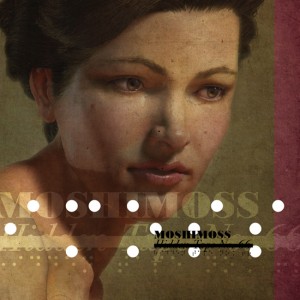
MOSHIMOSS :: Hidden Tape No. 66 [Release page]
Kosuke Anamizu lives in the shadow of Mount Fuji and apparently believes that music and nature are fundamentally intertwined. It will come as little surprise, then, to find that subtle field recordings play a major role in the sounds of Hidden Tape No. 66, together with plucked guitar, clonking, wood-chuck percussion and an organic warmth that sits right at home in the Dynamophone catalogue.
Hideen Tape No. 66 opens with the uplifting, fresh-air washes of “Into the Ice,” a subtle bed of organ pedals lending a religious texture to the piece, and then flows smoothly into “Long Night.” So far so good, but it gives one a completely false impression of what is to follow as the subsequently eclectic and rather unfocused range of sound palettes and melodies make it tricky to engage with. One minute a child-like, almost whistling voice sings atop glockenspiel, xylophone and chattering voices (“Slow Days it Was Super”), the next there’s a rusty creaking and squeaking amidst a slowly swelling deluge of warm, hissing rain and earth-moving bass washes (“Far North”). “Grottuviti” sports tinkling wind-chimes, occasional, soft-blown trumpet and what sounds like the dialing of an old Bakelite pulse-tone telephone before the album bizarrely turns folk on “Light,” with guitar chords and an irksome thunk of a beat together with cluttered percussion. It’s weirdly jarring.
Some of the finest moments on Hidden Tape No. 66 are those where Anamizu has employed vocals such as on “Ruca” where the briefest snatch of a choral song bleeds through into the open fields of bird-song, quivering pads and the most delicate of piano keys and feedback swells, or the spellbinding “Longing,” wherein the voices of a choir hang in cool stony space, conjuring images of shafts of light through stained glass windows.
Though the settings Anamizu conjures on this mysterious little album are extremely well realized the album as a whole lacks focus and progression. It takes odd turns, meanders, wanders off on numerous tangents and almost every track feels emotionally or atmospherically charged enough to herald an end of sorts, but ultimately it simply isn’t possible to create a workable album out of fourteen endings. Nevertheless, there are some quite lovely endings contained within Hidden Tape No. 66.
A free sampler EP entitled Hidden Tape No. 37 is also available to download from the Dynamophone website.
::..:::…..:..::….:::::..:::..:::::::……:::…::.:::….::::..:..:::…::…….:::::
All releases above are out now on Dynamophone. [Bandcamp | Facebook]







